How to identify and analize your stakeholders in organizational change
Photo by Emiliano Vittoriosi on Unsplash
Stakeholder analysis is a core part of the organizational assessment when you’re planning and implementing change. But how do we start on this very important activity?
There are two ways to think about potential stakeholders in the change. The traditional way is to look at the level that they occupy in the organization. The second is to look at how the stakeholders are impacted by change.
1. Assessing Stakeholders by level
In this approach, we look at the various levels or statuses of stakeholders in the organization. We assign stakeholders to groups like: Individual contributors, middle managers, directors, executives, etc. depending on how the organization is structured. This helps us identify which stakeholders have relative power through the size of their teams and the reporting relationships.
This approach, while easy to structure and understand misses some of the detail around how subgroups of stakeholders in these groups may be impacted by change.
2. Assessing Stakeholders by impact
This approach is driven by the type and scope of the change. For example, when we are implementing a process change, we are looking for the groups of stakeholders that are most impacted by the change itself. For an HRIS implementation this would be the core HR team at the center, with other impacted stakeholders being defined by roles that are changing, or new processes that will need to be implemented. For a Financial process change, the finance team will be central to the change, with an emphasis on other stakeholders in the organization who execute the majority of finance processes (like invoices, POs, approvals, etc.) Depending on the level of process, you may have some stakeholders who are not affected at all, or in the above approach by level you may have missed some of the more important process actors because they would have fallen into the “individual contributor” group- and been wrongly assessed as lower impact.
In another example, an organizational structure change would be evaluated differently. Who are the stakeholders whose roles are changing significantly? Where are reporting relationships changing? Are there teams losing team members? Is the impact of this significant? Are there other structures or processes changing as a result? What are the impacts of these changes?
At Connected Change ™ we advocate for assessing stakeholders by impact in the organization, and seeing which groups of stakeholders are significantly affected by the change. This helps us identify the full picture of which stakeholders we need to be working closely with in the design phase, and who we need to be mobilizing in the implementation phases of change.
If you liked this post, you’ll find more from us in our monthly Navigator Newsletter. We share exclusive content and free resources with our subscribers. Don’t miss out, sign up today!
We also have a weekly podcast - Listen to the Change Course podcast on your favourite podcast app!

